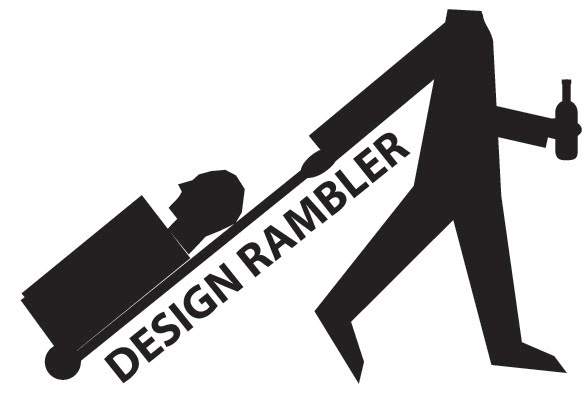Using atomic energy to generate electricity violates fundamental design common sense. Common sense says if you have alternative ways to accomplish a result, use the safest one. Or, if you can't use the safest one, certainly do not use the most dangerous one of all.
Nuclear power produces the deadliest waste in the universe, radioactive elements that can kill or injure for hundreds of thousands of years.
I can't think of anything more frightening than the chart below, showing the lifetime of the radioactive elements found in nuclear waste. Without getting involved in complexities, it is enough to note that the scale on the bottom goes up to ONE MILLION YEARS. Believe it or not, I found this chart on an informative albeit misguided pro-nuclear power site set up by young nuclear engineers.
Let us call the period during which radioactive wastes are dangerous "The Danger Period." Here are three strikes against nuclear energy stated in terms of that period.
STRIKE ONE - There is no method known to shorten the Danger Period of radioactive waste.
STRIKE TWO - There is no method known to safely store radioactive waste for the Danger Period.
STRIKE THREE - There is no method known to insure that future generations will know where we have stored radioactive waste during our tiny fraction of the Danger Period.
The insanity of planning to "safely" store radioactive wastes is best illustrated by a mad Department of Energy design competition asking for warning designs which would last 10,000 years ( itself a crazy and arbitrary shortening of the true Danger Period.) Those who want to see more about this impossible and absurd project can examine a report prepared by Sandia Laboratories.
Another creatively demented "warning" proposal was made in 1991. The title says it all. "Oslo Conference Suggests that World Religions Carry Nuclear Waste Danger Warnings into the Far Future."
Future generations will look back on our use of nuclear reactions to generate electricity as one of the great follies of human history. Designers should have no part in it. If anything, they should be sounding a warning and doing everything they can to both encourage energy conservation and safer methods of generating electricity.
Nuclear power produces the deadliest waste in the universe, radioactive elements that can kill or injure for hundreds of thousands of years.
I can't think of anything more frightening than the chart below, showing the lifetime of the radioactive elements found in nuclear waste. Without getting involved in complexities, it is enough to note that the scale on the bottom goes up to ONE MILLION YEARS. Believe it or not, I found this chart on an informative albeit misguided pro-nuclear power site set up by young nuclear engineers.
Let us call the period during which radioactive wastes are dangerous "The Danger Period." Here are three strikes against nuclear energy stated in terms of that period.
STRIKE ONE - There is no method known to shorten the Danger Period of radioactive waste.
STRIKE TWO - There is no method known to safely store radioactive waste for the Danger Period.
STRIKE THREE - There is no method known to insure that future generations will know where we have stored radioactive waste during our tiny fraction of the Danger Period.
The insanity of planning to "safely" store radioactive wastes is best illustrated by a mad Department of Energy design competition asking for warning designs which would last 10,000 years ( itself a crazy and arbitrary shortening of the true Danger Period.) Those who want to see more about this impossible and absurd project can examine a report prepared by Sandia Laboratories.
Another creatively demented "warning" proposal was made in 1991. The title says it all. "Oslo Conference Suggests that World Religions Carry Nuclear Waste Danger Warnings into the Far Future."
Future generations will look back on our use of nuclear reactions to generate electricity as one of the great follies of human history. Designers should have no part in it. If anything, they should be sounding a warning and doing everything they can to both encourage energy conservation and safer methods of generating electricity.
















